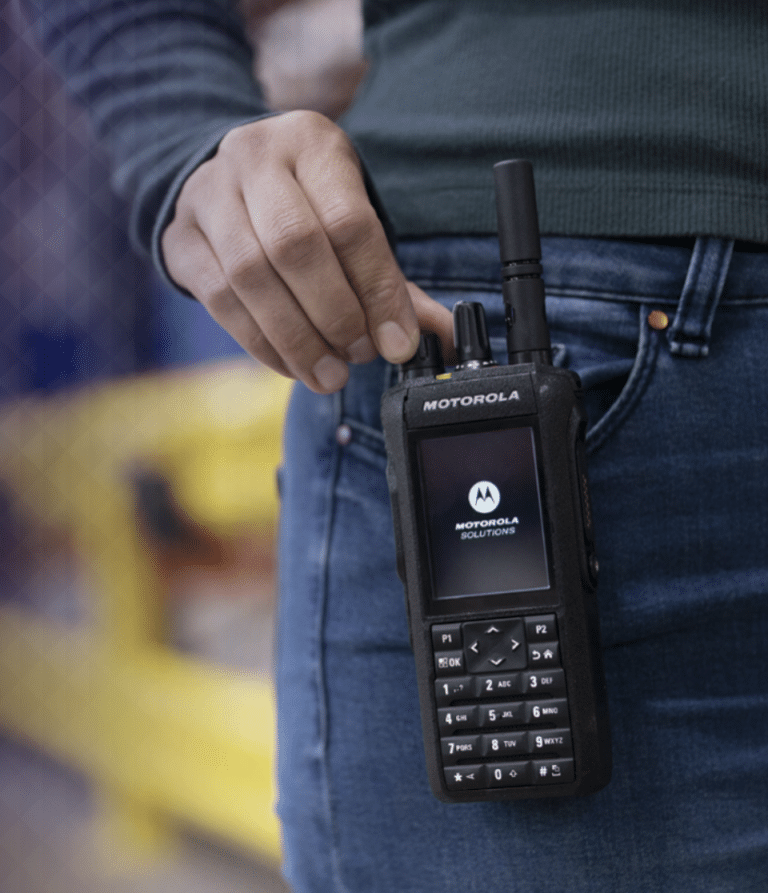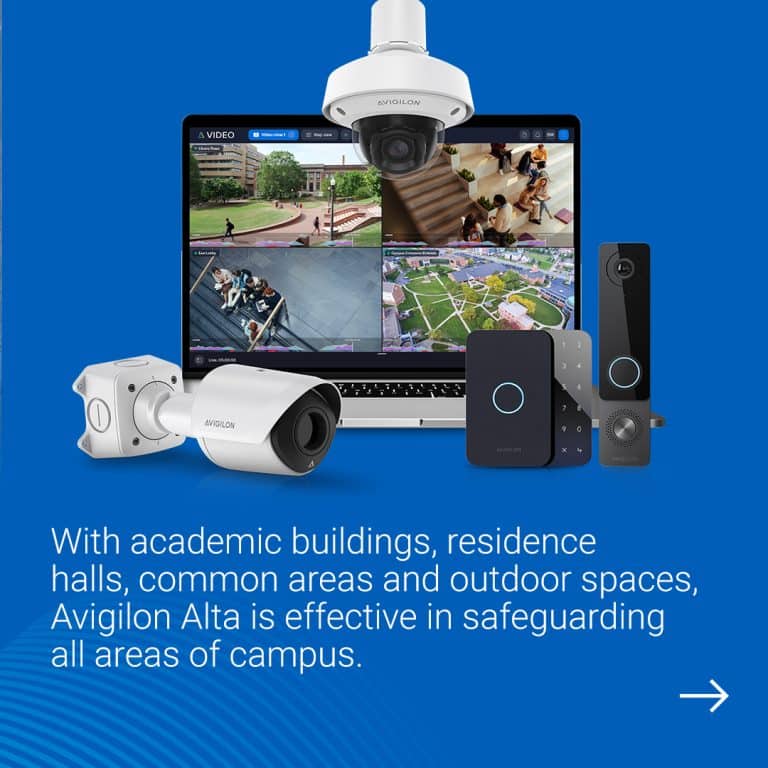How easy is it to get onto your school’s campus? The 19-year old gunman who killed 17 people and injured many more in the Parkland, Florida school shooting managed to get on campus because the gates surrounding the school were open to let buses in ahead of dismissal.
He pulled the school’s fire alarm, which prevented some of the doors from locking, and in at least one classroom, the door lock allegedly didn’t work so it was easy for him to get inside.
While no school can assure their school grounds will be 100 percent safe, you can significantly improve your security by being aware of where you’re vulnerable.
A full site security assessment or safety audit is the most effective way to identify security-related strengths and weaknesses, however, this basic checklist can help you identify immediate red flags that could be fixed before an official site audit.
Ten Exterior School Campus Red Flags
- School grounds and/or recreation areas are not securely fenced.
- Staff and visitor parking areas are not clearly defined.
- There are multiple, undesignated entrances for visitors.
- You have not removed the outside door handles and locks on non-essential entry doors.
- There is no visual surveillance of bicycle racks and parking lots.
- Shrubs and foliage cover windows so it’s difficult to see outside.
- There is not enough lighting around the buildings and some lights do not function properly.
- It’s easy to access building rooftops because you have low roof sections, catwalks, exposed gutters, utility boxes, and railings that help intruders climb up.
- There are broken panes or cracks in some of your ground floor windows.
- Basement windows are not protected with grills or well covers.
Ten Interior School Building Red Flags
- There is not a central alarm system in the school.
- You have no surveillance monitoring entrances, exits, corridors, hallways, or stairways.
- Doors are unlocked and unsupervised.
- Mechanical rooms, computer labs, and hazardous storage areas are frequently left unlocked.
- There is no record of who has access to building keys, room keys, or storage keys.
- You have no reflective mirrors in hallways to help you see around blind corners.
- You rarely maintain or test your security alarm system.
- You have no panic buttons installed in the main office or administration areas.
- Your P.A. system does not always work properly and can’t be heard from outside.
- There is no reliable two-way communication between the main office, buses, classrooms, duty stations, security personnel, staff, and faculty outside of the building.
This checklist is intended to serve as a reference for educators, administrators, and staff and does not replace common sense, sound judgment, and prudent actions when it comes to preparing for an emergency..






